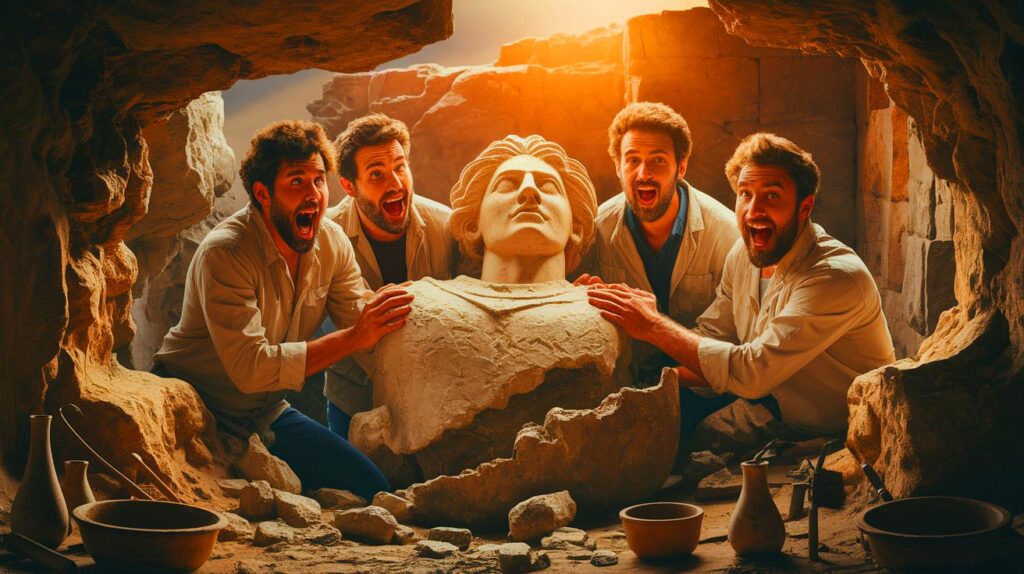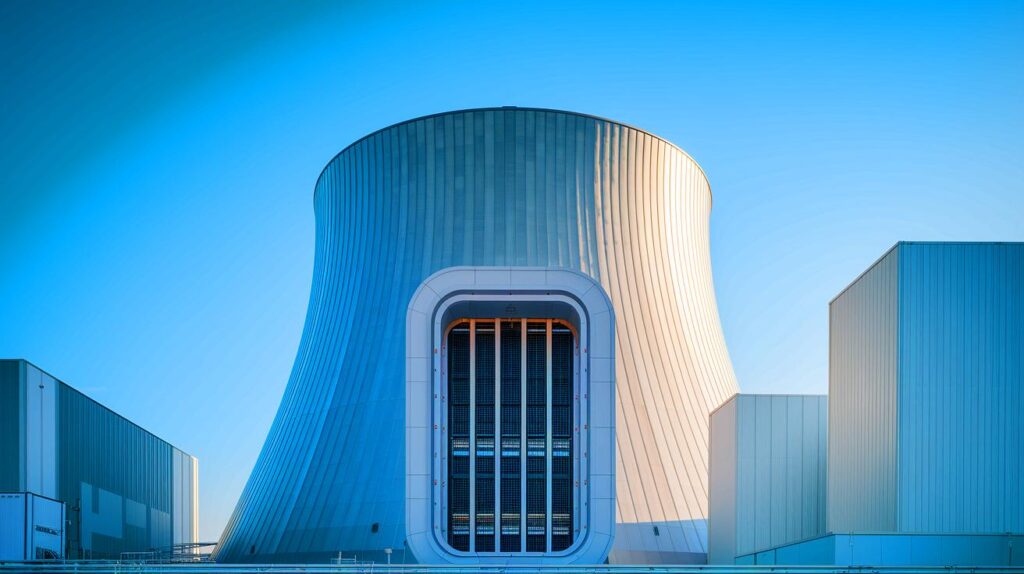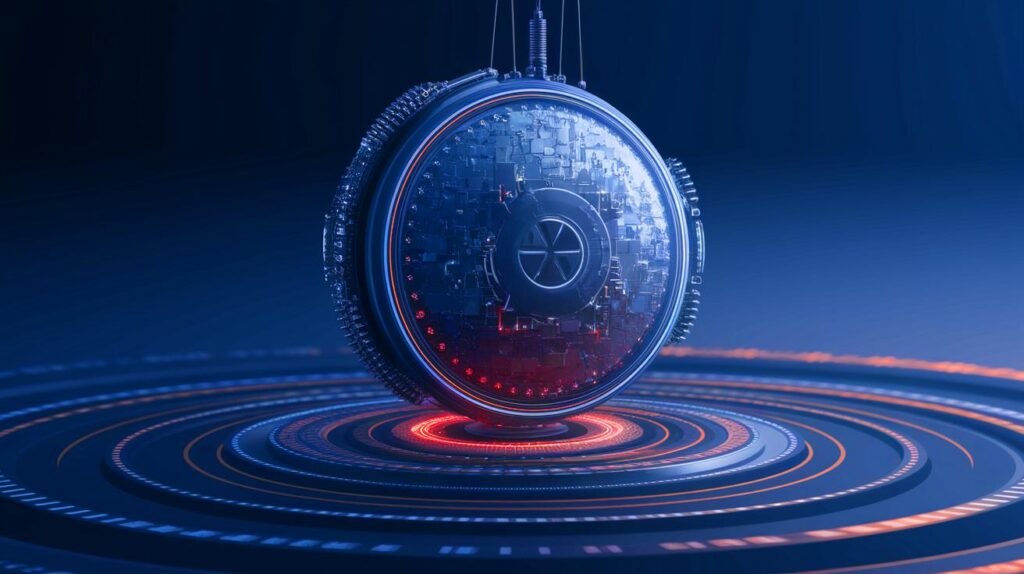| IN BRIEF |
|
In 1930, a significant archaeological find was made. In the Minya region, situated 150 miles south of Cairo, German archaeologist Günther Roeder uncovered the lower portion of an enormous statue. This fragment belonged to a monumental representation of Ramesses II, one of the most renowned pharaohs of ancient Egypt. For nearly a century, the upper part of this statue remained elusive, shrouded in mystery and speculation. Today, a team of Egyptian and American archaeologists has finally discovered this missing piece, remarkably well-preserved.
A Historic Discovery in 1930
In 1930, archaeologist Günther Roeder discovered the base of a colossal statue of Ramesses II. This groundbreaking find occurred in the Minya governorate, a region rich in history and ancient artifacts. The statue was estimated to have originally stood approximately 23 feet tall. This piece was discovered at Khemnu, known in antiquity as Hermopolis Magna during Roman rule. Once a provincial capital of the Old Kingdom, this site is a genuine archaeological treasure. Roeder’s discovery generated significant interest, but the absence of the statue’s upper part left researchers with many unanswered questions.
The Search for the Upper Portion
The mystery surrounding the missing upper part of the Ramesses II statue has long captivated archaeologists. The treasures buried in this desert region have always drawn the attention of researchers. In March 2024, a joint team of Egyptian and American archaeologists announced the long-awaited discovery of the missing piece. This breakthrough was achieved through meticulous research and successful international collaboration. The recovered upper portion measures approximately 12.5 feet tall and depicts Ramesses II adorned with a crown featuring the royal cobra, symbolizing power and divinity.
A Project to Unite the Fragments
With the rediscovery of the statue’s upper part, a project has been proposed to unite both fragments. Recent findings underscore the significance of this endeavor. Archaeologists are optimistic about the approval of their proposal. This project aims to fully restore the statue, offering a unique opportunity to admire this colossal work as it once was. The reunification of the two halves will enhance not only our understanding of ancient Egyptian monumental art but also draw public attention to the importance of preserving historical heritage.
The Implications of This Discovery
The discovery of the upper part of the statue of Ramesses II carries profound implications for archaeology and the history of ancient Egypt. It provides a rare opportunity to deepen our understanding of the artistic and cultural practices of that era. This statue stands as a testament to the grandeur and power of Ramesses II, one of the most formidable pharaohs in history. The restoration of this artwork could also invigorate tourism in Egypt, attracting visitors from around the globe eager to witness this artistic marvel. This discovery reinforces the notion that the past continues to unveil its secrets.
As archaeologists prepare to unify the fragments of this monumental statue, one question remains: what other wonders of ancient Egypt lie buried beneath the desert sands, waiting to enrich our understanding of this fascinating civilization?







